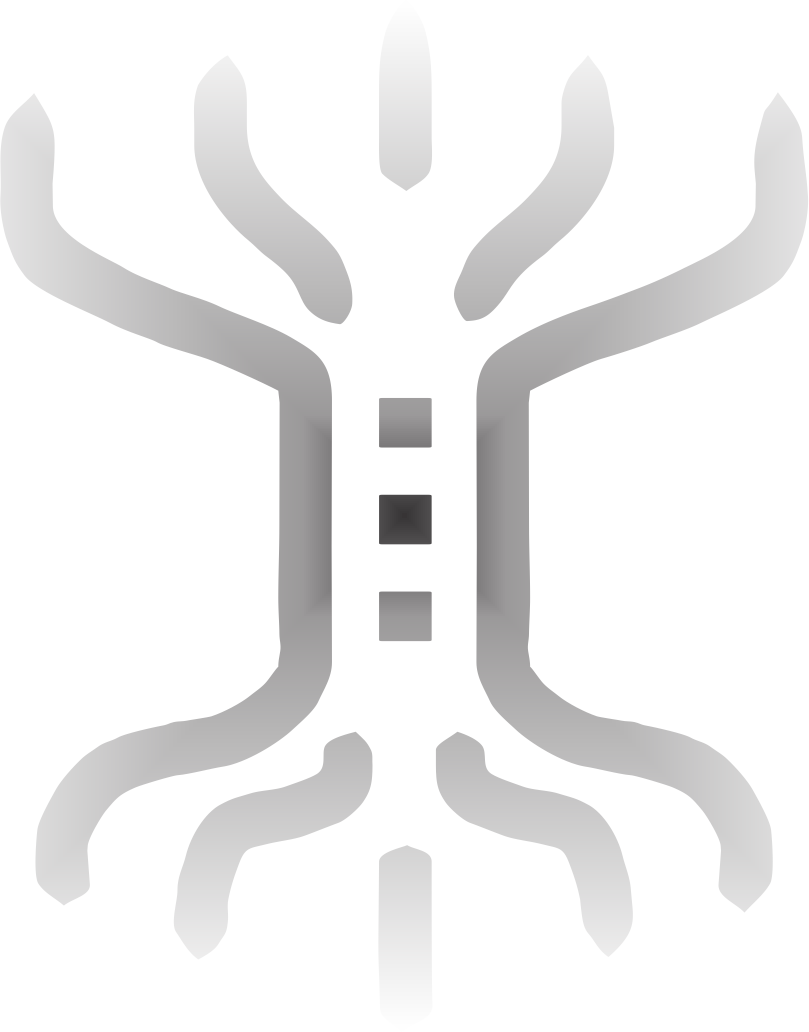

AN ACE IN THE HAND
0 NC, Day Minus 150
To allow heavy work on lander assembly to start, the ship stopped spin. Their new planet, Opo Bira Lima, lay small in the viewers for the still-living; the moon Layo Lamba sat far off to one side. Miriam finally began her first full clinic shift. An inert form was floated in for her to resuscitate: the young Waker who had held her wrist beside Allan‘s rack.
He was dead. He had bagged his head and suffocated himself. She stripped off his soiled coverall to see a sad face, cartooned with knife gouges in his belly.

Curled in the narrow cramped bunk she occupied, Miriam took her limited comfort. With two other bunks stacked on the same forward wall, the living space barely fitted into a two-meter-cubed metal room converted from a rack of Sleep tanks. These tiny boxes were all the room the ship had left, while the robos and the crew broke down and reassembled all movable metals and composites into lander components and wall segments for the post-planetfall shelters. Miriam and two couples took shifts in the tight space; with little water and cleanser for anyone, the room’s aroma soon ripened into funk.
She refused to look at Opo Bira Lima and its big moon, Layo Lamba, so much like the Earth and Moon they had left behind when she went to sleep. She preferred to stare into the emptiness between the stars, and reflect bitterly.
They had drawn the engineer’s ace. Three of their vital systems had failed to complete startup. The fourth, an amalgam of old bootstrapping silicon-foundry and optical fiber-fabric technology, had dredged the deceleration team out of Sleep, and then had broken; in restarting it, the team had lost precious maneuvering time, forcing the jettisoning of Sleep chemicals and other seemingly less-essential goods.
A critical ship heater and its backups had malfunctioned thousands of years earlier; the sperm and ovum banks thawed, then froze slowly, destroying their precious genetic cargo. The ship’s air-cycling stacks had mostly failed on arrival, leaving the few remaining units operating at redline to keep the crew from asphyxiating.
Of the five thousand aboard who had entered the ship at Uranus, six hundred and fifty now survived to see Opo; from a staff of thirty-two officers, Commander Barbara Arnell was the ranking one of only four left. Besides the non-functioning pharmaceutical foundries, the medical regeneration tanks had no viable fluid; the doctors had to resort to primitive and time-consuming manual procedures to salvage limbs and repair deep wounds for careless and overdriven workers.
The survivors scrambled to finish the staggering load of lander work. The original plan had called for most of the five thousand crew to convert the starship‘s panels and girders into nine giant delta wings, each one crammed with shelter materials, food, and equipment. The wings would enter Opo‘s atmosphere and take their crews to a set of scattered destinations. Now, with an eighth of the crew still alive, and much of their automated capacity rendered useless by failures on the long flight, they struggled to assemble just one wing before their time and resources ran out.

